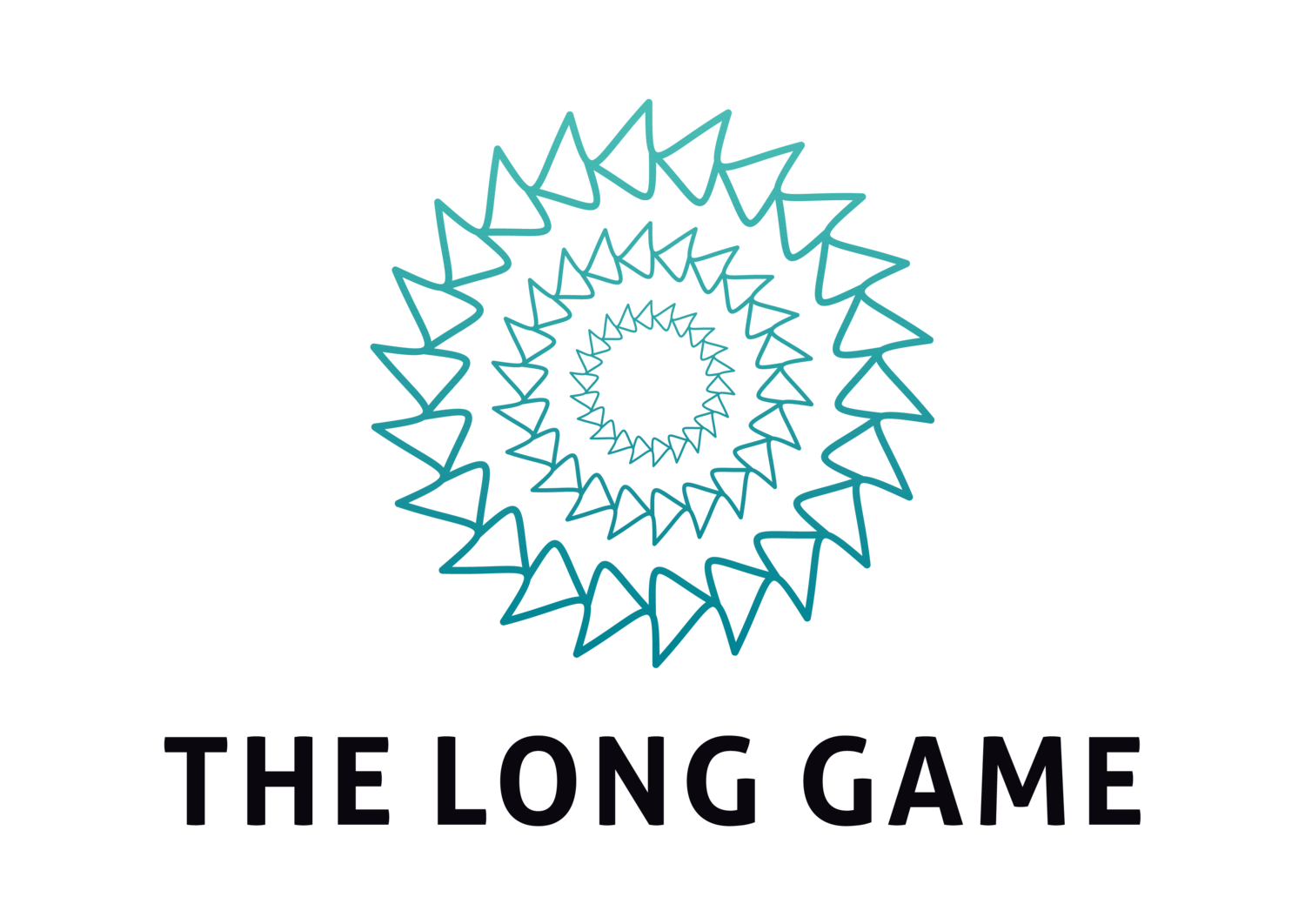How Cold Exposure Can Make You More Resilient
Positive benefits for the mind and body
There is something primal about exposure to the cold. When you first get into an ice bath every ounce of your being is saying get the hell out of here. It is the ultimate in the fight, flight, or freeze responses. The cold teaches us that we have control over our reactions. This is the main reason I love cold exposure. At that moment, you make the decision of either jumping out and running away from a perceived threat or calming the mind with slow diaphragmatic nasal breaths and working through the discomfort.
“If you had one bio-hack, icing would be the king.” Laird Hamilton
Paraphrasing Brian MacKenzie -- when a lion hunts an antelope, physiologically there is no difference. Both are in a sympathetic state. The only difference is the lion wants to be there and the antelope doesn’t. In modern society, we have trained our bodies for comfort. We stay in climate-controlled settings with the thermostat on 70 degrees year round. We need exposure to extreme cold and heat as it makes our bodies and our mind more resilient over time. While this article will delve into some of the benefits of cold exposure, I will discuss the benefits of heat in a follow up article.
"Muscles, organs, nerves, fat tissue, and hormones all respond and change because of input they get from the outside world. Critically, some external signals set off a cascade of physiological responses that skip the conscious parts of our brains and connect to a place that controls a wellspring of hidden physical reactions called collectively fight-or-flight responses. For example, a plunge into ice-cold water not only triggers a number of processes to warm the body, but also tweaks insulin production, tightens the circulatory system, and heightens mental awareness.” Scott Carney, What Doesn’t Kill Us
1. Aids in fat loss
Studies show that exposure to cold increases brown fat tissue which leads to increased caloric expenditure. We have two types of fat tissue in our bodies, brown and white. White fat tissue is the typical fat you think about and is predominant in adults. It is the largest source of energy reserves in the body. Brown fat is found mainly in babies and drops as we age. The purpose of brown fat is to burn calories to produce heat as opposed to storing calories for later use. It acts more like muscle tissue and uses white fat for fuel. Brown fat also helps to stabilize blood sugar levels, which can lower the risk of type-2 diabetes and unwanted cravings causing us to overeat.
2. Increases norepinephrine
Cold exposure can increase norepinephrine by 200-300%. Norepinephrine is not only a hormone but also a neurotransmitter involved in focus, attention, and mood. Low norepinephrine is associated with depression and ADHD. As a hormone, norepinephrine increases vasoconstriction helping your body conserve heat. This allows you to get acclimated to colder temperatures with time. Norepinephrine also reduces inflammation through the inhibition of inflammatory cytokines. One such cytokine is TNF-alpha which is involved with many human diseases from diabetes to cancer.
3. Increase in cold shock proteins
Cold shock proteins especially RNA binding Motif 3 (RBM3) are linked to the regeneration of synapses in the brains of mice. Normal aging causes synapses to die off and is especially accelerated in diseases such as Alzheimer’s. Studies are in the early stages but it looks promising for cold exposure to have a neuro-protective effect.
4. Strengthens the immune systems
Long-term exposure to cold has been shown to increase lymphocytes and white blood cell counts. Both of these are key to a properly functioning immune system. Anecdotally, communities of populations with a large amount of winter simmers experience much lower incidents of cold and flu symptoms.
“The Cold is my teacher, hard but righteous.” Wim Hof
Putting it all together
While these are just a few of the benefits of what repeated cold exposure can do, it gives plenty of reasons to experiment with cold exposure on your own. You don’t have to start with ice baths or standing outside shirtless in freezing cold weather. Start with thirty seconds at the end of your shower and gradually increase the time to three minutes in a cold shower. Remember, your body will want to run at the first feeling of cold. However, you can calm yourself down by slowing down your breathing. Breathe through the nose and try to double your exhale time (inhale for four seconds, exhale for eight) to help drown your nervous system into a parasympathetic state. Start slow and observe the benefits on your mental state and control over your reactions.
Call To Action
If you enjoyed this post, signup for my free weekly newsletter The Long Game. The Long Game is a newsletter for people that want to grow and challenge themselves. It is about the drive to better ourselves mentally, physically, and spiritually while having the curiosity to enjoy the journey.







